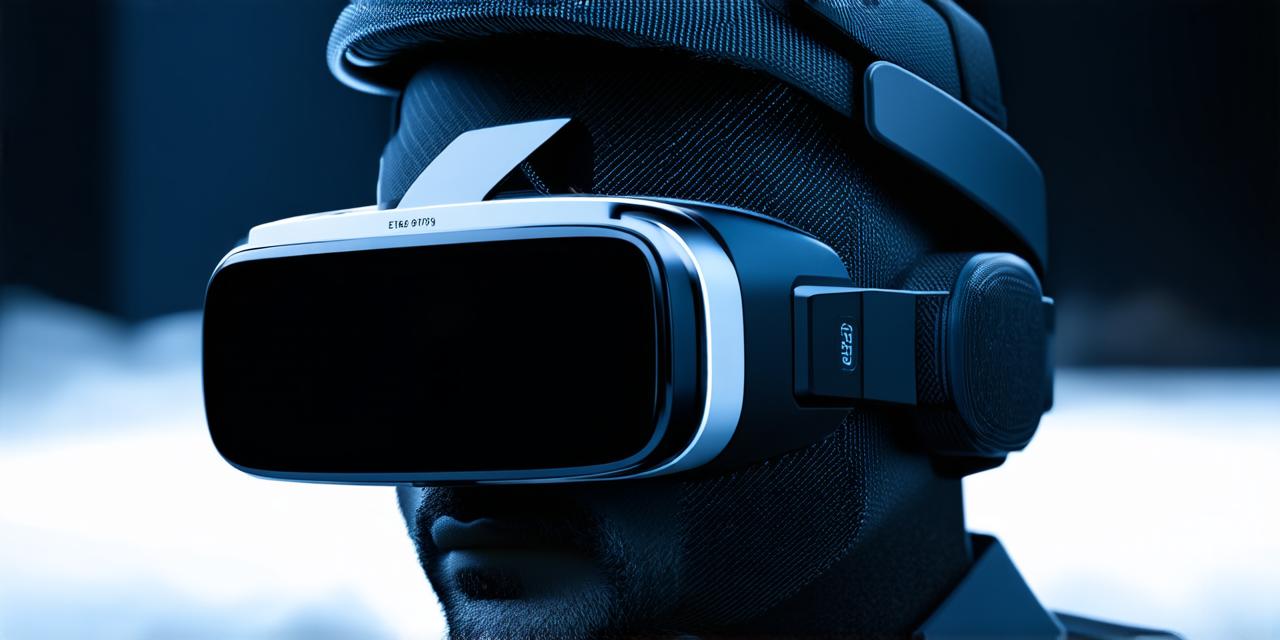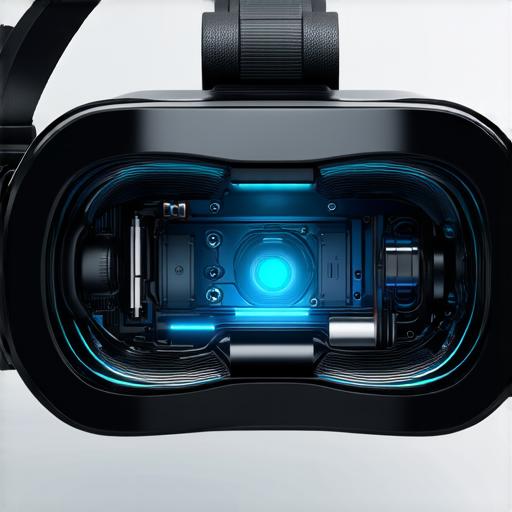
How do virtual reality headsets work?
Virtual reality (VR) technology has been advancing rapidly in recent years, and virtual reality headsets are at the heart of this exciting development. In this article, we will explore how virtual reality headsets work and what developers need to know to create immersive VR experiences for their users.
The Basics of Virtual Reality Headsets
Virtual reality headsets are devices that allow users to experience a simulated environment in a fully immersive way. They typically consist of a head-mounted display (HMD) that tracks the movement of the user’s head and adjusts the image accordingly. This creates a realistic illusion of being in a different environment, allowing the user to interact with objects and characters within that environment as if they were real.
There are several types of virtual reality headsets available on the market, including:
- Standalone VR headsets: These headsets are self-contained and do not require a separate computer or smartphone to function. Examples include the Oculus Quest 2 and the HTC Vive Pro Eye.
- Mobile VR headsets: These headsets can be used with a smartphone or tablet, allowing users to access VR content on the go. Examples include the Samsung Gear VR and the Google Daydream View.
- Desktop VR headsets: These headsets require a separate computer to function and are typically used for gaming and other high-performance applications. Examples include the HTC Vive and the Oculus Rift.

How Virtual Reality Headsets Work in Detail
Virtual reality headsets work by tracking the movement of the user’s head using sensors and cameras. This information is then used to adjust the image displayed on the HMD, creating a seamless and immersive experience for the user.
The process begins with the creation of a 3D model of the virtual environment. This model is then rendered in real-time by a powerful computer, taking into account the user’s position and movement within the environment. The resulting image is then displayed on the HMD, which adjusts its position and orientation based on the sensor data received from the user’s head.
One of the key components of virtual reality headsets is the display technology used to create the image. There are several different types of displays available, including:
- LCD (liquid crystal display): This is the most common type of display used in virtual reality headsets and is typically used in mobile and standalone devices.
- OLED (organic light-emitting diode): This display technology offers better contrast and faster response times than LCD displays, making it ideal for use in high-performance applications such as gaming.
- HDR (high dynamic range): This display technology is designed to reproduce a wider range of colors and contrast levels, creating a more realistic and immersive experience.
Virtual reality headsets also typically include a set of sensors that track the user’s movement within the environment. These sensors can include:
- Accelerometers: These sensors measure changes in acceleration and are used to detect when the user is moving or standing still.
- Gyroscopes: These sensors measure changes in angular velocity and are used to track the user’s head movements.
- Magnetometers: These sensors measure changes in magnetic fields and are used to determine the user’s orientation within the environment.
These sensors work together to create a precise and accurate representation of the user’s movement, which is then used to adjust the image displayed on the HMD.


